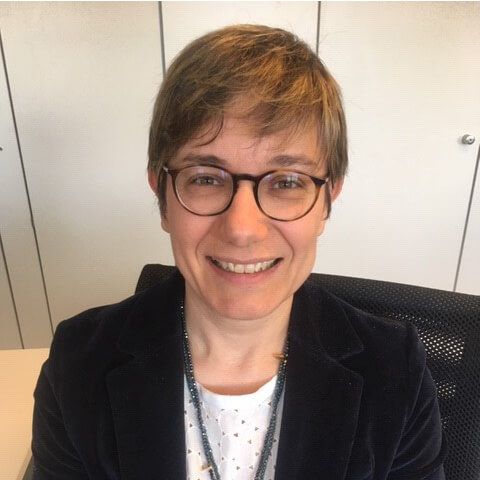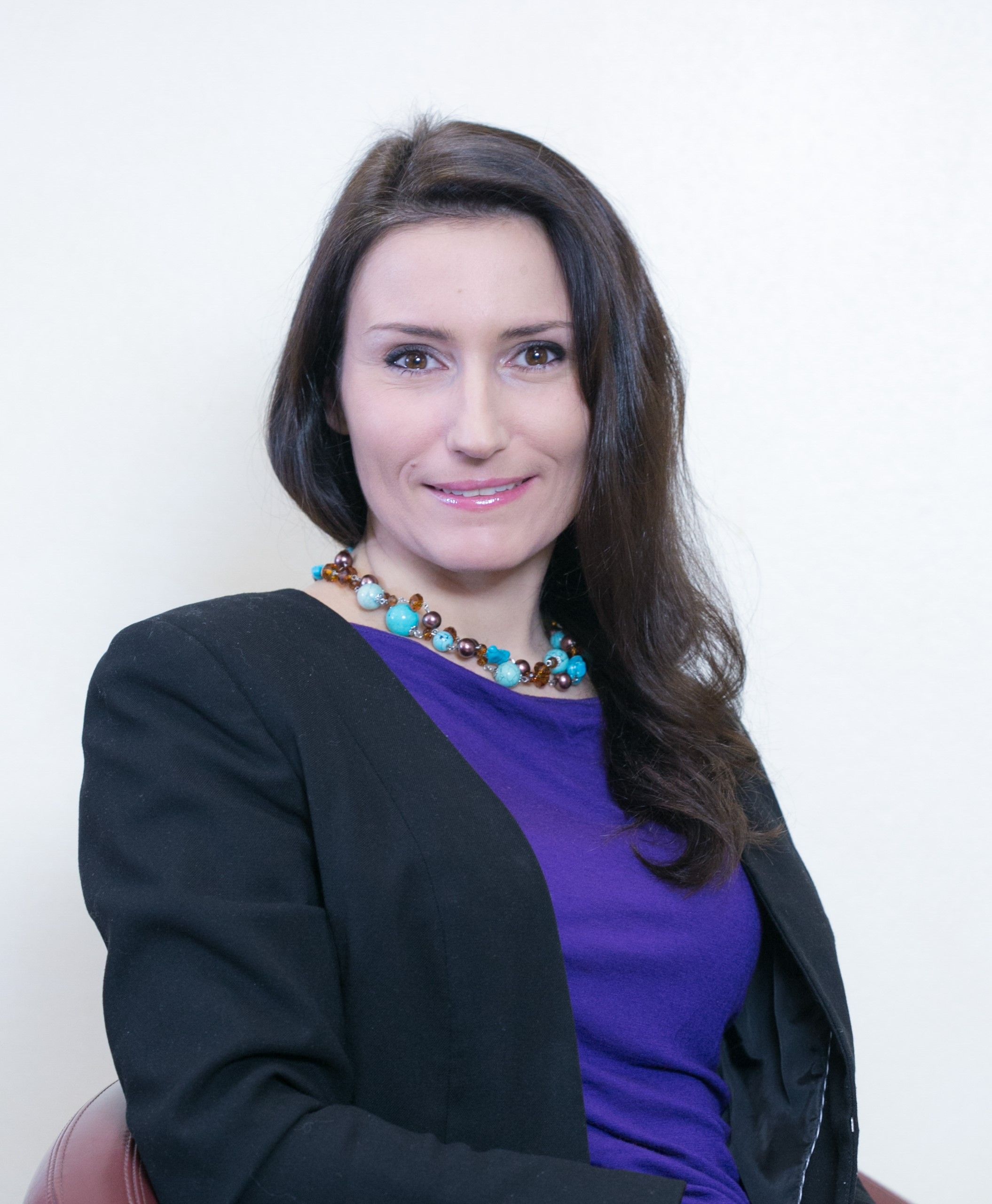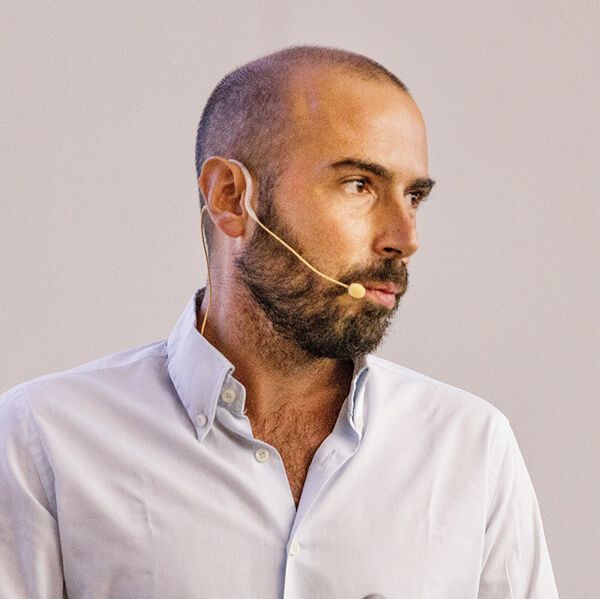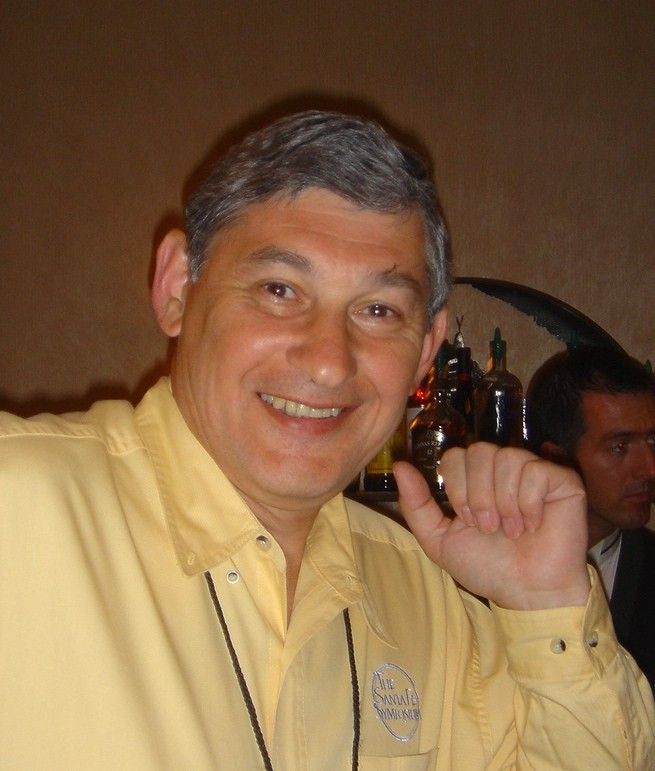Challenges for the goldsmith sector in the current macroeconomic scenario
The evolution of geopolitical risks and strategic considerations, expectations on monetary policies and inflation, changes in bond yields, and the relative strength of the US dollar are some of the factors that most influence the prices of gold and precious metals. How will these variables develop over the course of 2024 and what impact will they have on the prices?
Analysis of the trends in the Italian goldsmith sector with a particular focus on the results in international markets in terms of trends and competitive positioning. Furthermore, the sector analysis will be integrated with qualitative surveys developed through direct involvement of the operators.)









